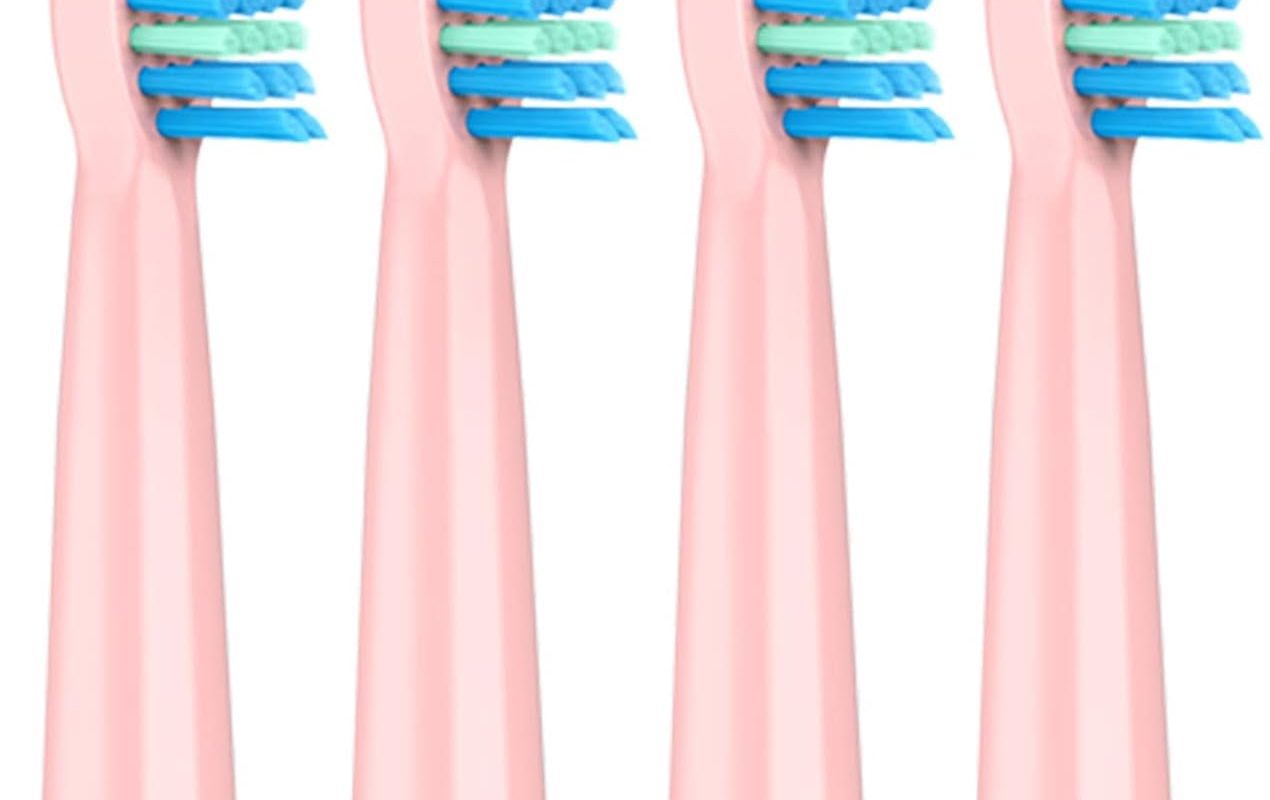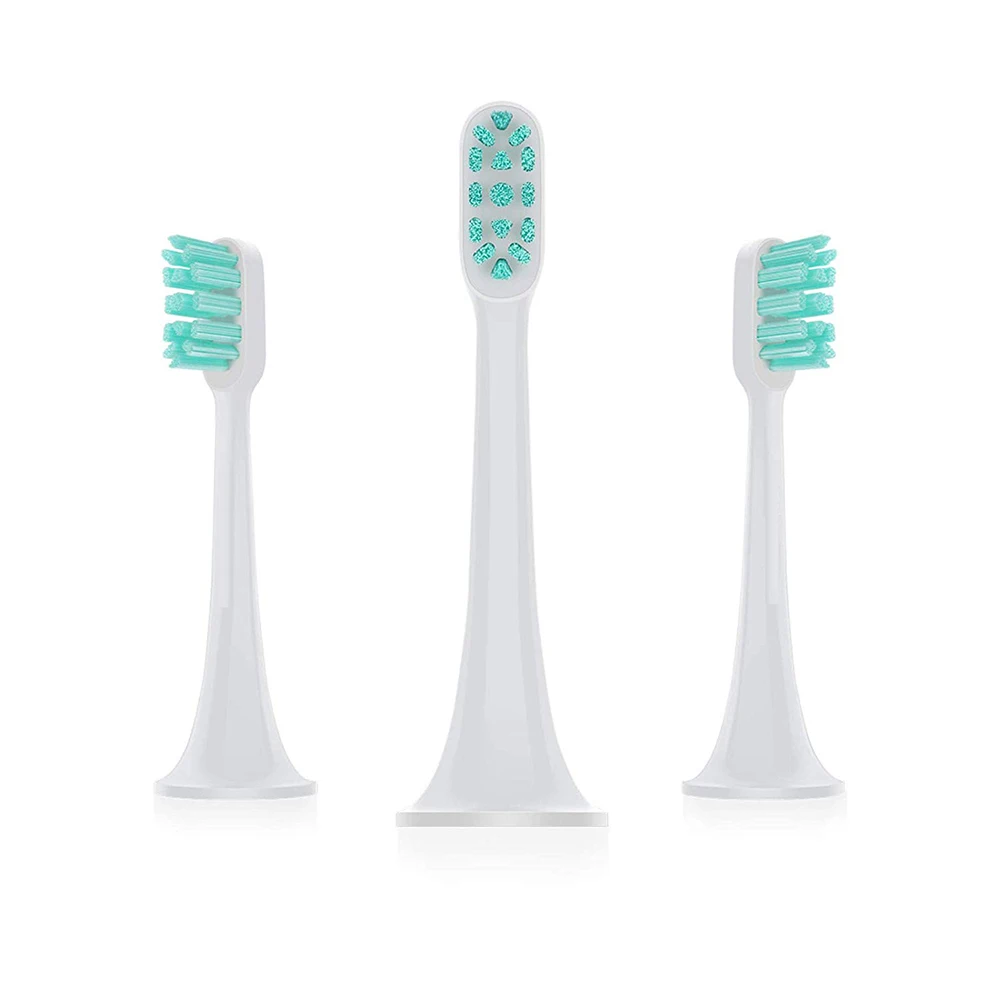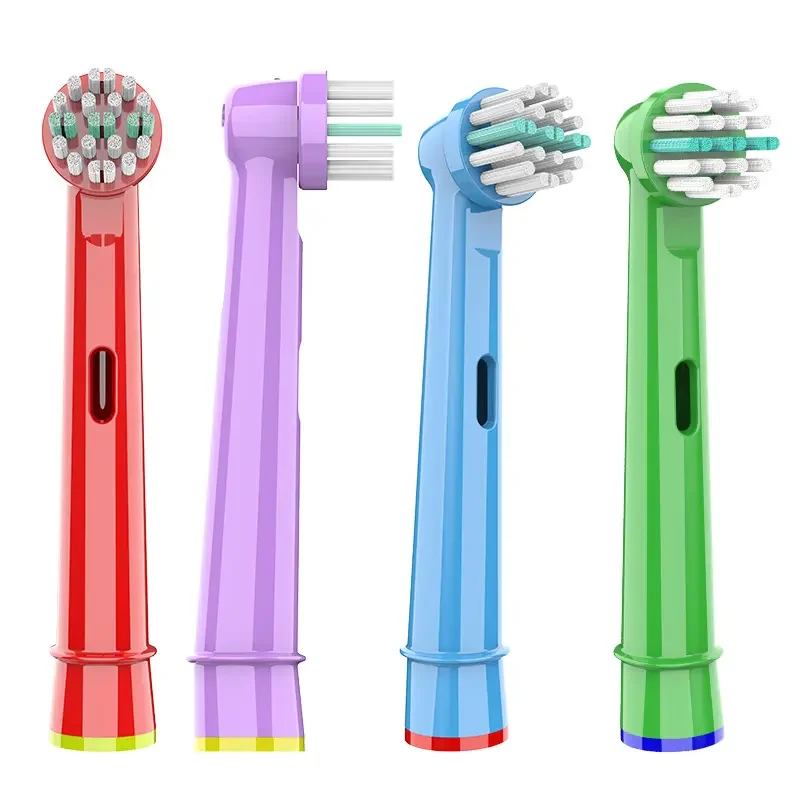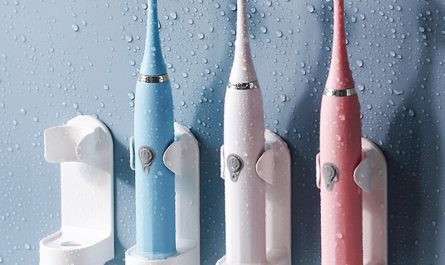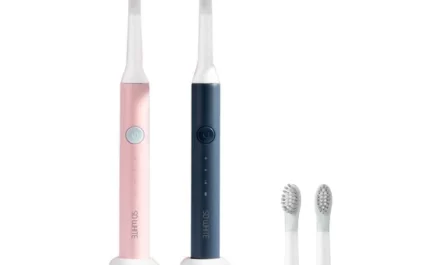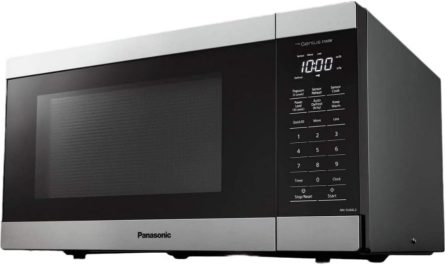Introduction to Electric Toothbrush Heads
An electric toothbrush is a fantastic tool for keeping our teeth clean and healthy. At the heart of its efficiency is the electric toothbrush head. This small but potent part does the heavy lifting when it comes to battling plaque and keeping our gums in good shape. Electric toothbrush heads come in a variety of shapes, sizes, and designs, each tailored to specific oral care needs. They may look simple, but these heads use advanced technology to sweep away food particles and bacterial film. It’s like having a tiny superhero in your mouth, working to protect your teeth and gums. As we move on, we’ll delve into different types of heads available, why it’s crucial to change them regularly, and how to do it properly. Whether you have sensitive teeth, braces, or just want an everyday clean, understanding your toothbrush head can make all the difference in your oral hygiene routine.
Various Types of Electric Toothbrush Heads
Electric toothbrushes are equipped with various head types, each serving different oral care needs. Let’s explore the common types available.
Standard Brush Heads
Standard brush heads are the most common and are typically round or oval. They efficiently clean the surface areas of the teeth, removing plaque effectively. These heads suit most everyday oral hygiene routines.
Interdental Brush Heads
Interdental brush heads feature a smaller, pointed design. They help in cleaning between teeth and around braces and dental implants. These heads are perfect for those needing a deeper clean in hard-to-reach areas.
Specialty Brush Heads
Specialty brush heads cater to specific dental needs. Some examples include heads designed for whitening, gum care, or for sensitive teeth. Each type ensures targeted cleaning and care, depending on your oral health requirements.
The Importance of Timely Replacement
Regularly swapping out your electric toothbrush head is crucial for several reasons. First, because of how the bristles wear down over time, a fresh head ensures more effective cleaning and plaque removal. Rundown bristles simply can’t perform as well as when they’re new.
Secondly, an old toothbrush head can be a breeding ground for bacteria, which raises the risk of infections and compromises oral hygiene. This is especially important for maintaining overall health, as a clean mouth can prevent various diseases.
Moreover, using a fresh toothbrush head can prevent unnecessary damage to your teeth and gums. Worn bristles can be harsh, leading to irritated gums and potentially contributing to gum recession.
Lastly, keeping your toothbrush head fresh is a practice in maintaining the effectiveness and longevity of your electric toothbrush. This will save you money in the long run as you maintain optimal functionality from your device.
Thus, understanding the importance of replacing your electric toothbrush head timely is essential. It not only promotes better oral hygiene but also protects from various dental issues.
Recognizing the Signs for Replacement
Knowing when to change your electric toothbrush head is key for optimal oral care.
Bristle Wear and Tear
Bristles should be firm and springy to clean effectively. Over time, they fray and lose stiffness. This is a clear sign it’s time for a replacement. When bristles look splayed or matted down, don’t wait; change the head to maintain proper hygiene.
Post-Illness and Other Considerations
After sickness, swap out the toothbrush head to prevent re-infection. If the head falls or comes into contact with other toothbrushes, consider a replacement for hygiene purposes. People with immune issues should also replace heads more often to guard against bacteria buildup.
Step-by-Step Replacement Instructions
Changing your electric toothbrush head is straightforward and essential for maintaining optimal oral hygiene. Here’s how you can do it in a few simple steps:
- Turn off the Electric Toothbrush: Ensure your toothbrush is powered off before attempting to change the head.
- Remove the Old Toothbrush Head: Grip the base of the currently attached head and pull it away from the handle firmly. It should snap off easily.
- Attach the New Toothbrush Head: Take your new toothbrush head and align it with the metal shaft on the handle. Push it onto the shaft until you hear a click, indicating it’s securely in place.
- Test the New Head: Turn your electric toothbrush back on to check that the new head is functioning correctly. Ensure it’s firmly attached and does not wobble or come off.
- Dispose of the Old Head Responsibly: Consider environmental impact and dispose of the old electric toothbrush head according to local recycling guidelines, if available.
By following these steps regularly, you contribute to your dental health by ensuring you always have a fresh, effective tool for daily cleaning. Remember, how to change an electric toothbrush head is easy and crucial for your oral care routine.
Overview of Agaro Electric Toothbrush Heads
Agaro electric toothbrushes offer several head types to suit different dental needs. Each type aims to enhance your dental care routine with its unique features.
Agaro Cosmic & Cosmic Plus Brush Head Refill
The Agaro Cosmic and Cosmic Plus Brush Head Refills feature angled bristles. These are ideal for thorough daily cleaning. Their unique design helps them reach more surface area on each tooth, ensuring effective plaque removal.
Agaro Oral Irrigator Nozzle Tip Ultra & Ultra Plus
Specially designed for challenging dental situations, the Agaro Oral Irrigator Nozzle Tips fit users with braces or dental implants. The triangular-shaped tips reach tight spaces between teeth and along the gum line. This helps prevent food particles and bacteria from accumulating.
Agaro Cosmic Plus Sonic Electric Toothbrush
Finally, the Agaro Cosmic Plus Sonic Electric Toothbrush is perfect for those with sensitive gums and teeth. It uses extra soft bristles that gently clean without causing irritation. This brush type is especially beneficial for maintaining comfort during brushing sessions.
Maintaining Optimal Oral Hygiene with Regular Head Replacement
Maintaining optimal oral hygiene is a crucial aspect of overall health. One simple but essential step is to replace your electric toothbrush head regularly. Doing so ensures the bristles are effective, fresh, and free from bacteria that can harm your dental health.
Regular head replacement does the following for your oral care:
- Ensures Effective Cleaning: New bristles are more effective at removing plaque and debris from teeth and gums.
- Prevents Bacterial Build-Up: Old heads can harbor harmful bacteria. New heads help keep your mouth clean and healthy.
- Protects Teeth and Gums: Fresh bristles are gentle on your mouth. They prevent damage to gums and tooth enamel.
- Maintains Toothbrush Performance: Your electric toothbrush works best with a head in good condition. Regularly changing the head maintains its performance.
It’s easy to overlook this simple task but remember, the state of your toothbrush head directly impacts your oral health. Set a reminder to change it every three to four months, or sooner if you notice wear and tear.
Additionally, if you’ve been sick, replace the head immediately to avoid reintroducing germs into your system. For those with braces, implants, or sensitive gums, it’s particularly important to watch for signs that indicate it’s time for a head change.
By keeping these tips in mind and using the step-by-step replacement instructions previously discussed, you can help ensure that your mouth stays as clean and healthy as possible. Remember, with how to change an electric toothbrush head, a fresh start is just a click away.
FAQ on Electric Toothbrush Head Replacement
When it comes to maintaining your electric toothbrush, one common question is about head replacement. Below are answers to frequent questions that can help you stay on top of your oral hygiene game.
How often should I replace my electric toothbrush head?
Replace your toothbrush head every three to four months. If bristles are frayed or if you’ve been sick, replace it sooner.
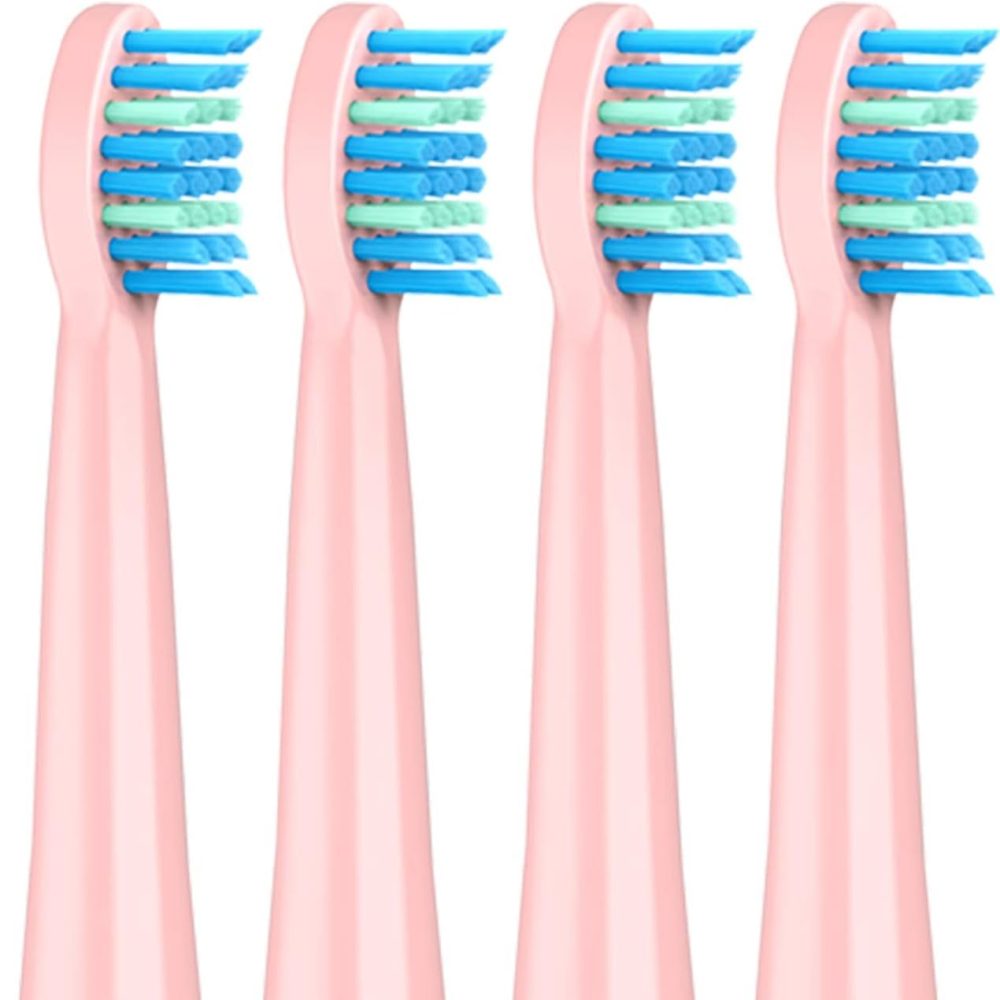 How do I know when to change my electric toothbrush head?
How do I know when to change my electric toothbrush head?
Look for signs of wear, such as bent or frayed bristles. Change your head if it appears worn out or if the brush doesn’t clean as well as before.
Is it difficult to change my electric toothbrush head?
No, it’s simple. Turn off your toothbrush, remove the old head, and click the new one into place. Always check that it’s secure.
Can I interchange electric toothbrush heads between different models?
Stick to the head types recommended by your toothbrush’s manufacturer. Not all models are compatible.
What happens if I don’t replace my electric toothbrush head on time?
Old bristles clean less effectively, making it easier for plaque and bacteria to build up. This can lead to oral health issues.
By understanding how to change electric toothbrush head and keeping up with regular replacement, you’re ensuring that your daily brushing is as effective as possible for a healthier smile.

